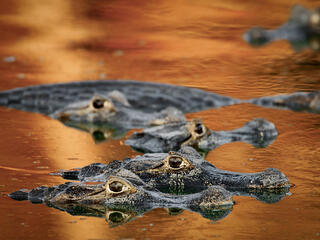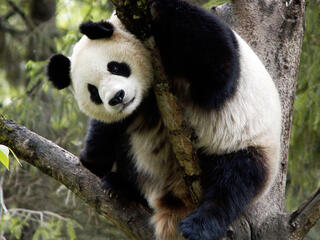I was hired early in Barack Obama’s first presidential campaign, about a year after I finished undergrad, and spent two years in seven states across the country. And I wasn’t just passing through; I was living with local supporters in communities, both urban and rural, that I probably would never have set foot in otherwise. As a community organizer, my work was to listen to people and build relationships within these distinctive communities.
Learning about so many places was eye-opening, but my biggest takeaway was how broken our food system was for so many people. Seeing their struggles with health, access to food, and affordability, among other things, helped me understand the extent of the problem. I came out of the experience knowing I wanted to work in food and agriculture in some way.
When people think of WWF’s work, they don’t necessarily think about food systems. But globally, agriculture and land use are responsible for nearly 60% of biodiversity loss and up to 25% of greenhouse gas emissions. Our food system is one of the most significant ways we humans impact the environment, so we cannot address climate change and protect biodiversity without investing in this key area. And any sustainable food system needs to consider whom it serves, which is why WWF’s work on food is also focused on supporting communities.
Before I came to WWF, I worked in the research world, guiding and consulting with start-ups, and launching my own urban farming start-up. My interest in hands-on, entrepreneurial ventures led me to my current role at WWF’s Markets Institute, a sort of internal think tank that looks for new business models and strategies that align with WWF’s environmental goals. The work is not about investing in individual start-ups; it’s about coming up with outside-the-box ideas that can work on an industry-wide level.
For example, a project I’m working on is called The Next California. Right now, a large percentage of the country’s fruits, vegetables, and nuts are grown in California, but this is increasingly unsustainable. With droughts, fires, heat, and other extreme weather, many farmers may move out of California. The idea behind The Next California is to proactively figure out what can uniquely be grown in California, and what can be grown elsewhere, in a way that makes both environmental and economic sense.



